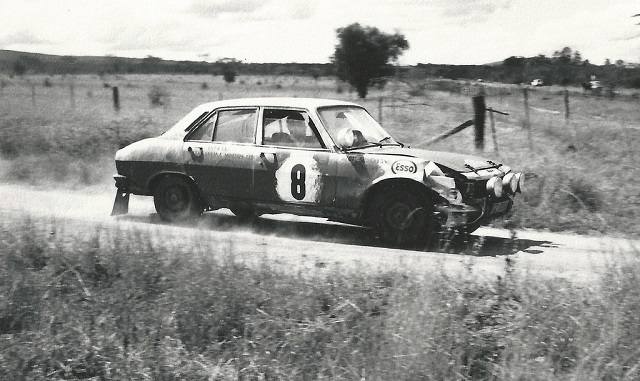
Gérard Welter modeled cars like the Peugeot 604, 304, and 406
Kampala, Uganda | MOTORING GURU | If you are a Ugandan of a certain age, your heart certainly misses a beat whenever you encounter a Peugeot. The Peugeot was the hottest car on Ugandan roads from the 1960s, 1970, to the 1980s. And the sight of the Peugeot badge – the silver lion on a blue background, makes the heart race even on current models like Peugeot 3008 or even the Peugeot 207.
It is a pity the Peugeot global sales website does not even cover Uganda. At least the Kenya National Police uses some Peugeots -4008 models. So, when one of Peugeot’s most renowned designers, Gérard Welter, died this Jan.31 of natural causes at the age of 75, it is probable nobody thought of informing Ugandans. But now you know.
Welter designed one of the most posh limousines on Ugandan roads in the late 1970s; the Peugeot 604. At the time, there was the ubiquitous Peugeot 404 estate (station wagon) for taxi and saloon for family. Then there was the Peugeot 504 (also estate and saloon) for the official use (Idi Amin’s security agents loved to put their victims in its boot). Finally, after 1975, the posh 604 arrived. It was really a longer version of the 504 saloon and fooled no one in spite of new turbo-diesel 2.3 litre engine which promised a faster pace but rarely delivered.
Peugeot were hot cars – winning the East African Safari rally many times, including 404 (1961, 63, and 65 to 68). They competed against top brands of the period including, Volkswagen Beetle, Ford Zephyr, and Mercedes Bezi 219 and 220.
Anyway, Welter – over 47 years, designed cars like the 304, 305, the 405 and the 406. He passed away after penning some of the most legendary Peugeots of the last half a century.

His last production Peugeot design was the RCZ coupe, with its complex double-bubble glass roof.
He is most famous, though, as the designer of the iconic 205 hatchback. The 205 exploded onto the motoring scene in 1983 and Peugeot built 5.3 million of them in seven countries over a 14-year production run.
It gave birth to the 205 GTi, which was the first hot hatch to best the Volkswagen Golf GTi in performance, if not sales.
He didn’t isolate himself with conventional projects, though, and he teamed up with fellow Peugeot designer Michel Meunier to create the WM-Peugeot sports racing car.
Its top speed of 405km/h on the Les Hunaudières section of the Le Sarthe circuit in 1988 remains the speed record ever recorded at Le Mans.
While Roger Dorchy’s lap in the WM P88 is widely remembered (the car was parked almost immediately after recording the record speed), Welter’s racers competed at Le Mans every year from 1976 until 1989, with part support from his employers.
He also designed the most successful rally car of the Group B era, the Peugeot 205 T16, the Paris Dakar-winning 205 and 405 Coupe and the 405 Coupe that rose to fame in the Climb Dance short film that covered Ari Vatanen’s Pikes Peak victory in 1988.
Source: Additional reporting from the internet.
 The Independent Uganda: You get the Truth we Pay the Price
The Independent Uganda: You get the Truth we Pay the Price



